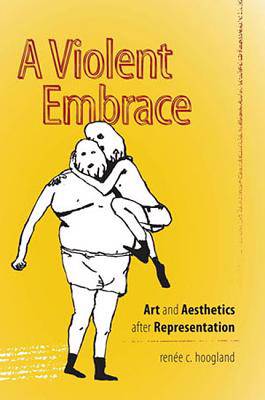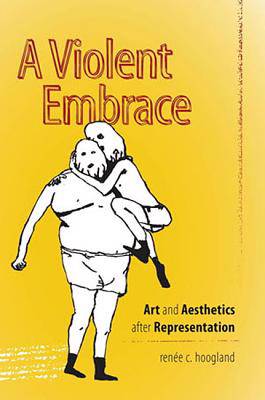
- Afhalen na 1 uur in een winkel met voorraad
- Gratis thuislevering in België vanaf € 30
- Ruim aanbod met 7 miljoen producten
- Afhalen na 1 uur in een winkel met voorraad
- Gratis thuislevering in België vanaf € 30
- Ruim aanbod met 7 miljoen producten
Zoeken
Omschrijving
Instead of asking questions about the symbolic meaning or underlying "truth" of a work of art, renee c. hoogland is concerned with the actual "work" that it does in the world (whether intentionally or not). Why do we find ourselves in tears in front of an abstract painting? Why do some cartoons of the prophet Muhammad generate worldwide political outrage? What, in other words, is the compelling force of visual images, even--or especially--if they are nonfigurative, repulsive, or downright "ugly"? Rather than describing, analyzing, and interpreting artworks, hoogland approaches art as an event that obtains on the level of actualization, presenting "retellings" of specific artistic events in the light of recent interventions in aesthetic theory, and proposing to conceive of the aesthetic encounter as a potentially disruptive, if not violent, force field with material, political, and practical consequences.
Specificaties
Betrokkenen
- Auteur(s):
- Uitgeverij:
Inhoud
- Aantal bladzijden:
- 215
- Taal:
- Engels
- Reeks:
Eigenschappen
- Productcode (EAN):
- 9781611684902
- Verschijningsdatum:
- 7/01/2014
- Uitvoering:
- Hardcover
- Formaat:
- Genaaid
- Afmetingen:
- 165 mm x 236 mm
- Gewicht:
- 521 g

Alleen bij Standaard Boekhandel
+ 288 punten op je klantenkaart van Standaard Boekhandel
Beoordelingen
We publiceren alleen reviews die voldoen aan de voorwaarden voor reviews. Bekijk onze voorwaarden voor reviews.








